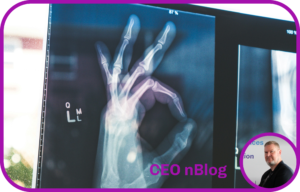::: nBlog :::
Today when an industrial company is planning a new digital service, or is transforming an existing product into a digital one, it usually has to manage a legion of suppliers, each with a slightly different business agenda. There’s the hardware vendor, software supplier, systems integrator and the stubborn telco, in addition to few others in the chain, dependent on the service complexity.
The multivendor approach works for not-that-critical services such as IT, and for companies who have long experience in managing service level agreements and heterogenous projects. However, the majority of traditional industries, such as manufacturing, energy, healthcare and agriculture, would much rather prefer a digitalization supplier who can take broad responsibility for the entire digital lifecycle of their new services.
If I’m a manufacturer of medical pacemakers or agricultural irrigation systems and wish to convert my products into digital services, I don’t want to buy SIM cards, virtual servers, storage space, hardware kits or outsourced programming. I want a provider who can deliver a trusted and global platform for my existing and new services.
This provider should be responsible for all communication, computing and hardware aspects what comes to my solution, while I’d be in charge of my intellectual property on heart medicine, or agricultural science.
We are now getting a similar message from most of our industrial customers, and have already taken the lead IoT platform role for a few of them. We most likely manage with 25 global data centers within the next two years, but at the same time we must ensure both global connectivity and reliable hardware options, sometimes for 20 year lifecycles. Responsibility is key.
//Pasi




4 replies on “Mission Critical Spimes”
Hi basen.net owner, Keep up the good work, admin!
To the basen.net webmaster, Thanks for the well written post!
Hi basen.net owner, Your posts are always well-received and appreciated.
Dear basen.net owner, Thanks for the detailed post!